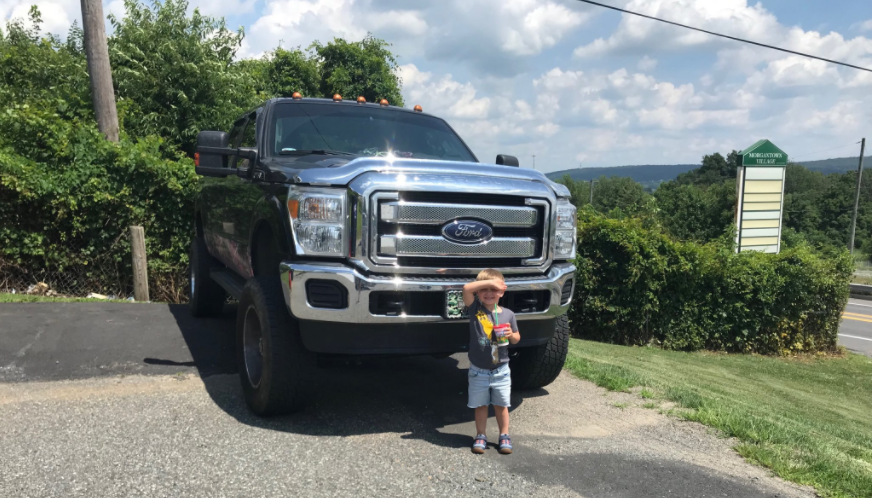An ounce of preemptive streetscape improvements is worth a pound of cops.
Simple improvements to the built environment — such as the lowest-hanging fruit of bright street lights as well as traffic-calming strategies — play an outsized and underappreciated role in reducing the violence that is plaguing so many communities and can help alter the default solution of sending in more cops.
In a meta-study issued last month [PDF], the Futures Institute examined dozens of reports from academics, researchers and cities about what's working in crime prevention.
Beyond the obvious, such as community health, drug treatment, housing, job creation, education and capital, "Getting Smart on Safety" includes a section devoted to, for lack of a better term, urbanism.
That section, "Investments in Built Design & Community Infrastructure," reveals the connection between good public space and crime reduction:
- maintaining green space reduces burglaries and violent crimes.
- Density of neighborhood greenspace is connected to reduced Child Protective Services involvement.
- more parks, trees, and other vegetation are linked to lower overall and non-violent crime rates.
- green space is linked to overall mental well-being by reducing stress, mental fatigue, anxiety, and depression, which reduces crime, too.
- Even yards matter. In Baltimore, crime was lower when yards had trees, garden hoses, and lawns, but higher when there was litter, lawn dryness, unmowed lawn, or small trees adjacent to the property.
- restoring vacant land produced large reductions in crime, including a 30-percent reduction in gun violence in one study.
- street lighting interventions are associated with a 14-percent reduction in total crime.
But street redesign is the most crucial, the report said.
"Redesigning streets and increasing public transit represent a final key to enhancing community safety using built design," the report said. "Whether reducing traffic congestion or rethinking road structure, these changes can reduce crime and save time while increasing quality of life."
Obviously, reducing congestion reduces tension which reduces violence. But even reducing access points into neighborhoods from arterial roads reduces burglary rates. Streets with more entrances have higher rates of crime.
As an example, the report cites Dayton, Ohio, which cut crime by 26 percent, and violent crime in half, after it enacted barriers to turn various streets into cul-de-sacs.
"Nearly every study evaluating preventative measures has found that benefits far outweigh costs," the report said. "In one study, adding streetlights yielded $121 for every $1 invested."
So let's make the right investments, said Thea Sebastian, founder of the Futures Institute.
"There has been this historical association that our jails, prisons and just adding more police officers to the street keeps us safe. And a lot of folks haven't really questioned, 'What are those investments really producing, and what are the alternatives?'" she said.
"We know, for example, that our biggest increase in life expectancy came about because of investment in health mitigations such as hygiene and air quality and other preventative measures, rather than just through advances in medicine. And that also applies to safety. The more that we are investing in upstream causes of violence and harm, the more effective we're going to be, and the less money we're going to spend."
Obviously, such insights go back to Jane Jacobs — you create vibrant, livable communities, you get more "eyes on the street" and therefore less crime. But the report goes further to directly connect the built environment to crime.
"I was actually struck by exactly how diverse these investments were, even things like trash removal, or dumping or, you know, street murals are effective," Sebastian said.






